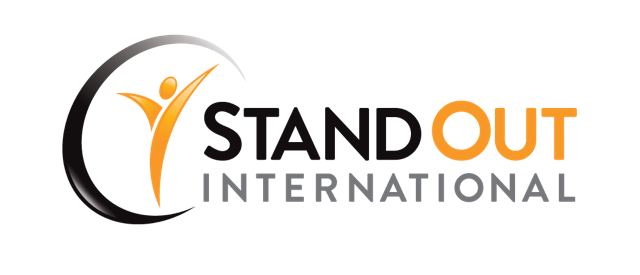When it comes down to promoting the vision throughout the organization, one of the most challenging part is engaging the workforce around it. This means creating an emotional connection with the vision for employees—more specifically, creating that emotional connection for each employee as an individual, so he or she understands how to be a part of making the vision come to pass.
OluKai is a company that does exactly that. As a leading high-quality, high-premium footwear company based out of Irvine, California they are building emotional connection between the vision and their employees. Jim Harris, CEO of OluKai since 2008, believes that deep inside each person is a happy place, a place of love. Jim refers to it as Aloha. It is a very complex word in Hawaii, which literally means “breath of life”. OluKai’s vision is grounded in the belief that everyone, no matter where you are, can live a life full of love and happiness. They want people to attract clients to wear a pair of OluKai sandals to connect emotionally to a place and lifestyle that unlocks the spirit of joy, affection and delight.
How Does OluKai Implement this Vision and Inspire Their Employees?
OluKai uses language, imagery and concepts from the Hawaiian Islands. At the core, the vision extends to everything at OluKai, from their brand to distribution, relationship with clients to its employees. Here are a couple of examples:
- Everyone who works at or with the brand comes together as a true family. They call it Ohana, which stands for family in Hawaiian. When they have sales meetings, they don’t call them sales meetings. Instead, they call them Makahiki, which is a Hawaiian word for reunion or gathering. They even try not to have a corporate sales focus in these gatherings. Rather, it is an opportunity twice a year to come together with their employees and salespeople and celebrate real kinship. They meet to discuss the business they want to create, and they focus on the right partners, the right products, and how to build their business the right way, sustainably and ethically. They work to really keep an real toward having a company that in twenty years will be the most important ocean lifestyle brand in the United States. It’s not a meeting intended to drive performance for the next three to six months. Their focus is on the long road, the future, and it’s completely transparent.
- The vision is represented in their product and brand philosophy which connects with what their customers value most. It’s expressed on their website, too: “We produce products we believe in. Products we can stand behind. We believe in quality of product and material, craftsmanship in construction and finding quality in life by the choices we make every day.” As a result, some orthopedic doctors are even recommending OluKai products to their patients. The company has received unsolicited testimonials even though they’ve never reached out to any doctors or tried to sell to the medical industry. That’s just an organic result of the quality of their products.
The rigorous pursuit of the vision reflects in revenue and profit growth in a very positive way. Year after year, the company has seen more than 30 percent return on investment from activities related to driving the vision and organizational development.
The Story of OluKai Provides Three Leadership Lessons
1) Create a compelling vision that is rooted in emotions
A vision should clearly reflect an organization’s core values and beliefs that relate to something noble and aspiring. OluKai’s vision is founded on the concept of Aloha -breath of life, love and happiness – which permeates through the entire organization.
2) Regularly communicate and reinforce the Vision
A leader’s messaging of the vision must be consistent and regular using different communication channels from internal communication, brand positioning, website, company events, to relationships with suppliers and distribution channels.
3) Build connections at all levels
Connections are developed through interpersonal relationships. When the leader walks the production floor, or meets with sales people, it creates opportunities to bond and build a connectedness between the people, leaders and company. The multitude of small contacts creates engagement at a large scale.
If an organization’s leaders can help employees connect their hearts to a vision, then the job takes on new meaning and commitment to the organization increases as a result. Connectivity is the glue that ties the intangible and invisible vision to the employees and their actions. When you build connectivity, people are willing to go the extra mile in their work, and they do that because they believe in the work they are doing and feel connected to the organization they work for.


